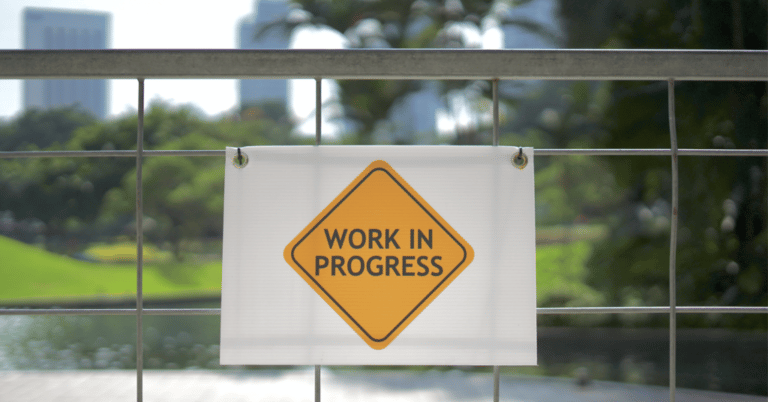In the same week that federal education minister Alan Tudge reiterated his aspiration to take Australia back to the top of the international school education rankings, pointing to improved results in the United Kingdom and Poland for inspiration, the Australian Curriculum Assessment and Reporting Authority (ACARA) has drawn its inspiration from elsewhere and released a proposed revision of the Australian Curriculum that doesn’t seem likely to move Australian schools in the desired direction of travel.
Improving literacy is a key driver of elevated performance across all areas of schooling. The Australian Curriculum for literacy has come a long way since its first iteration in 2012, when it was still risky to use the word ‘phonics’ in polite circles. That evolution should be acknowledged. As recently as 2019, the definition of ‘decoding’ was changed to be more closely aligned with the accepted use of the term in scientific reading research. But the proposed curriculum still endorses the use of ineffective teaching strategies in the critical early years of schools when children are learning to read. These strategies are often described as ‘balanced literacy’, which sounds good, but they are straight out of the whole language playbook.
One of these is the three-cueing method for reading, which can be seen in the curriculum content as using “contextual, semantic, grammatical knowledge” to read words. The addition of “phonic knowledge” to the list gives the illusion of balance but in practice this is often interpreted as asking students to ‘look at the first letter and then guess a word that would make sense’. Evidence shows that, more often than not, this strategy leads to more errors and poorer comprehension than the more efficient strategy of decoding the word using all of the letters.
Another remnant of whole language in the curriculum is for students to read “decodable and/or predictable texts”. Predictable texts are expressly designed to encourage students to use whole word memorising and guessing strategies. For example, predictable text might say, with accompanying helpful pictures: I like to eat icecream. I like to eat hamburgers. I like to eat biscuits. Phonically decodable text, however, is designed to facilitate reading words quickly and accurately using the phonics skills they have recently learned. For example, the text might say: Sam and Min sit on a picnic rug. They have ham on a bun and Tim Tams.
This is not to say that beginning readers shouldn’t have access to lots of different texts. However, the expectation that young children should practise reading aloud from books containing many difficult words that they can only read by guessing, creates cognitive conflict at a sensitive stage of their reading development. Rather than predictable texts, students should be exposed to a wide range of natural language texts to look at, explore, and read with an adult until they have the skills to read independently.
Teachers receive mixed messages about reading instruction. The proposed curriculum won’t help. ACARA notes that it is comparable to first language curricula in other countries and provinces, including Finland, New Zealand, Singapore and British Columbia, Canada. These are curious benchmarks, given that Finland’s literacy performance has been declining, New Zealand routinely performs worse than Australia in literacy, and British Columbia is not even the highest ranked Canadian province. While Singapore is undeniably an educational leader, reading curricula in countries with different native and language of instruction profiles to ours is not directly comparable. This applies to Finland, too.
Importantly, the whole language content of the proposed curriculum is out of step with the evidence-based approaches being adopted in many states and territories around Australia, particularly the new NSW syllabus. It also provides ammunition to universities to continue to include these ineffective strategies in their primary teaching degrees, perpetuating the cycle that has led to unacceptably large numbers of students reaching high school with poor literacy skills. These students have poor results in all subjects in high school and comprise the majority of our low performers in international assessments. Their low literacy in most cases stems from not getting a solid early foundation, which could have been avoided with evidence-based instruction and intervention in primary school.
Determining what to remove to ‘declutter’ the curriculum is difficult but shedding the last vestiges of ineffective whole language literacy in our official national curriculum documents could have been an easy win. Fortunately, there’s still time to fix it.
This article was published in The Australian on Friday 30 April 2021






